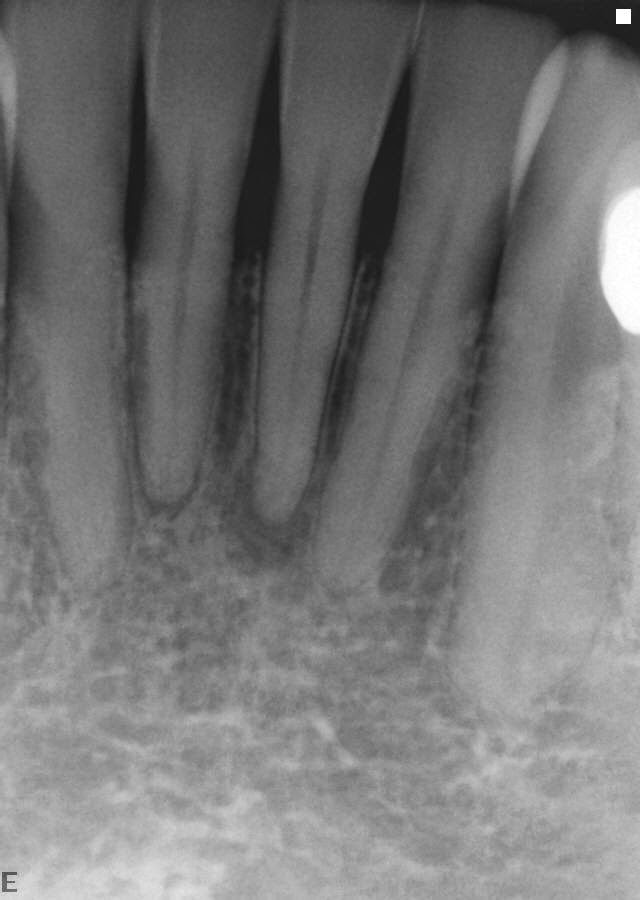 |
| Pre-operative x-ray tooth #5 |
Patient presented with symptomatic #5. X-ray shows lateral lesions on both roots, one to the distal and one to the mesial.
 |
| Post-operative x-ray #5 |
Note: both lateral radiolucensies
Lateral canals in both roots
 |
| 14 month post-operative x-ray #5 |
Tooth is asymptomatic and lateral radiolucensies are healed.
Comment: Lateral lesions on teeth with no evidence of fracture usually indicate a lateral canal system. If root canals are done and the lesions fail to heal, I would generally retreat before contemplating other options, i.e. surgery or extraction.












